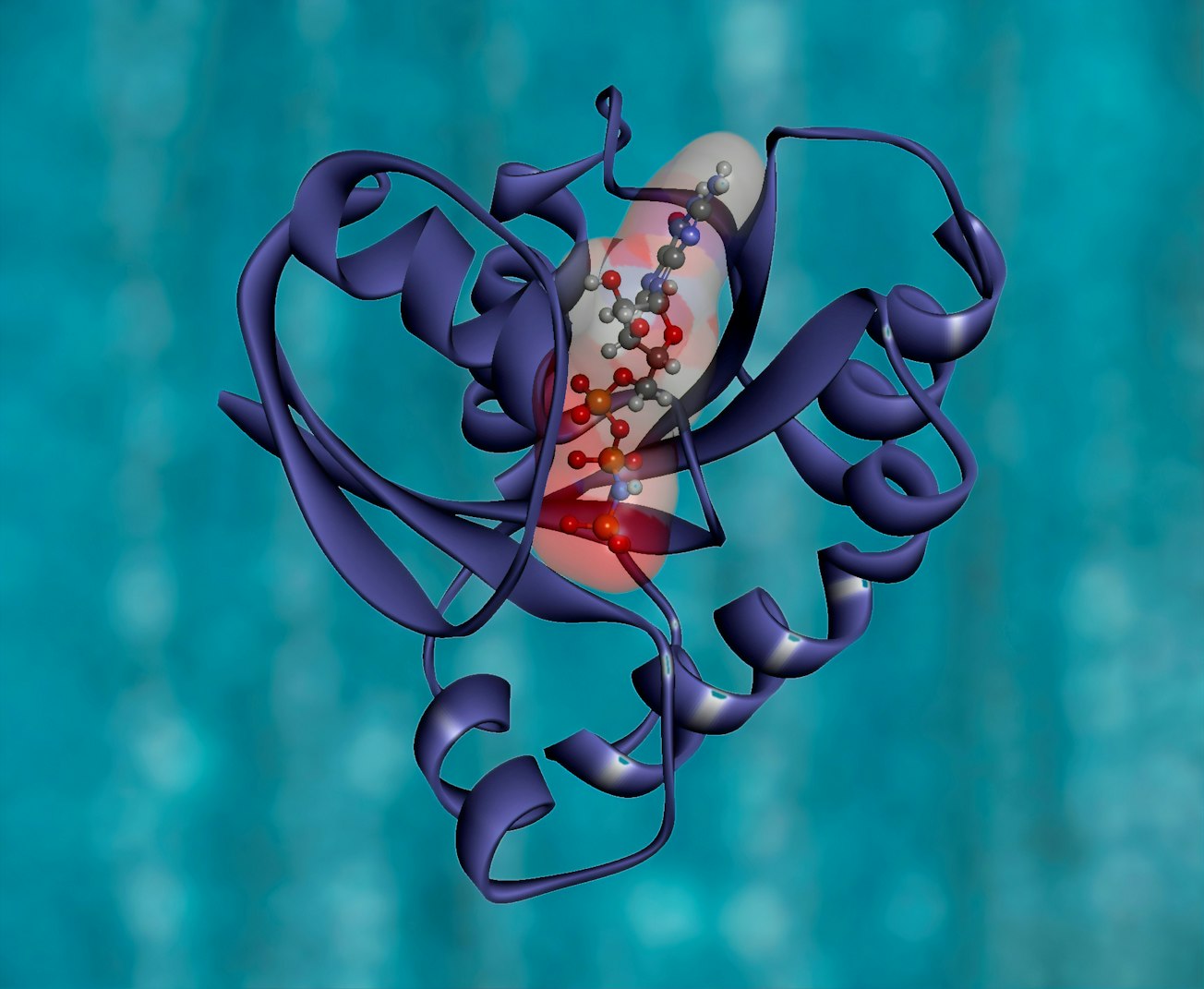What is it about?
It is well-known that biomolecules, such as proteins, need water to function. In fact, the life we know about needs water. However, the exact role of water for the motions and functions of biomolecules is still debated. Experiments have shown that protein and water dynamics are strongly coupled but with water motions occurring on a considerably faster time scale (the so-called slaving behavior). This is in contrast to most aqueous solutions where water only reduces the conformational entropy of the solute molecules, and thereby acts as a plasticizer of them. In this work, we investigate how water affects the dynamics of some “protein-like”, but non-biological, solute molecules, with the aim to determine whether the slaving behavior is unique for proteins or not.
Featured Image

Photo by National Cancer Institute on Unsplash
Why is it important?
In order to understand the role of water for life we need to understand why water is of such exceptional importance. It is established that water is responsible for the dynamics of proteins that cause their functions, but it has not been known whether this role of water is unique to proteins. Here, we show that the dynamics of a certain category of non-biological solute molecules are determined by the water in the same way as proteins. Thus, our results generalize the slaving phenomenon to some, but not all, non-biological solutions and allow us to determine the key factors for observing the biologically important slaving behavior.
Perspectives
This has been an interesting project to work on due to the long-standing and interesting problem of understanding the role of water for life. It has been enjoyable to work on this topic for almost 20 years together with my collaborator and friend Silvina Cerveny.
Jan Swenson
Chalmers tekniska hogskola
Read the Original
This page is a summary of: Motions of water and solutes—Slaving versus plasticization phenomena, The Journal of Chemical Physics, March 2019, American Institute of Physics,
DOI: 10.1063/1.5030064.
You can read the full text:
Contributors
The following have contributed to this page







